
The Parowan Gap
Natures Perfect Observatory
Sun, Moon, Venus, Polaris, and Constellations
An Introductory Interpretive Guide
V. Garth Norman
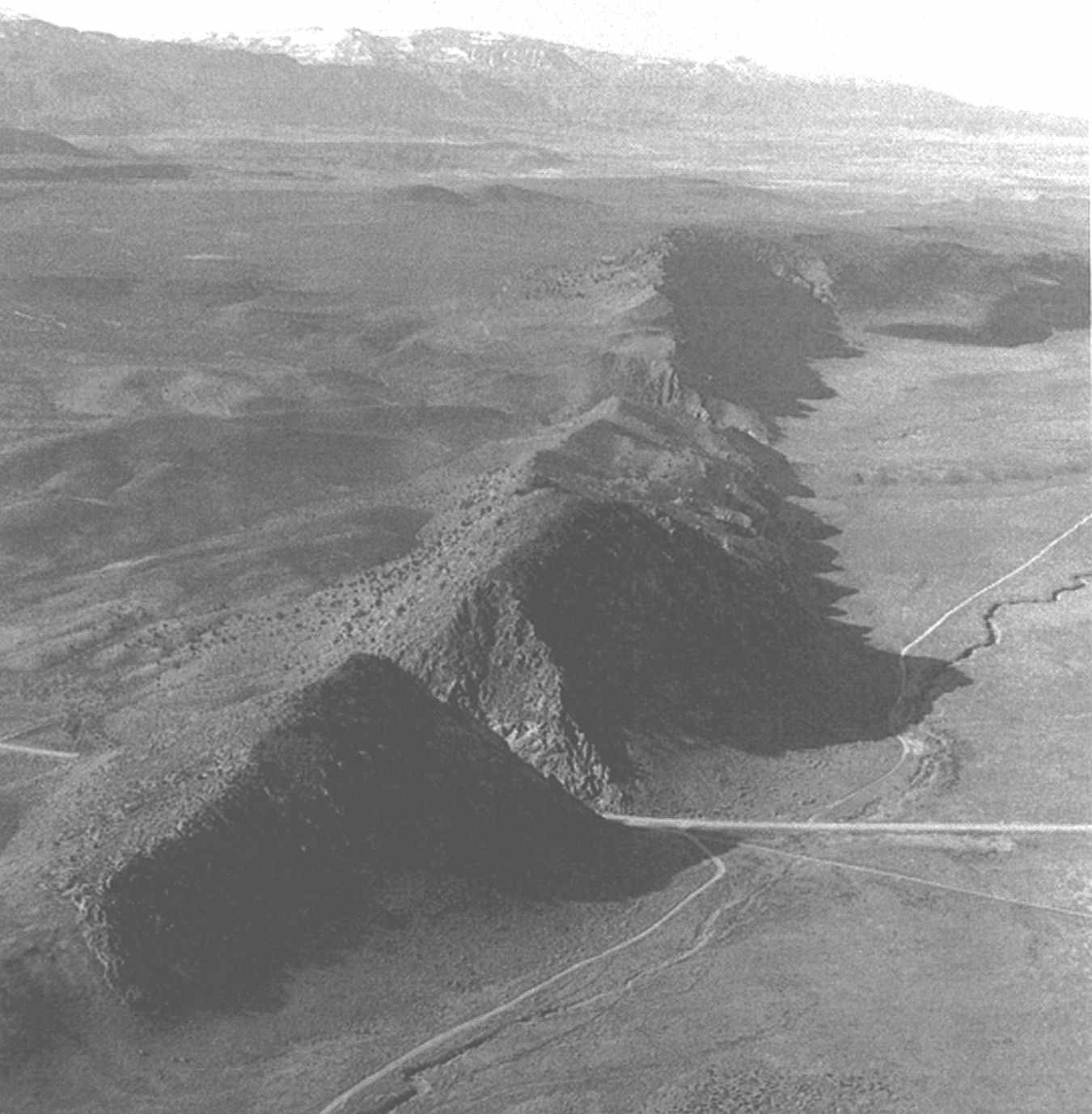
Petroglyph Drawings by Lance Harding
Revised Edition
CFI
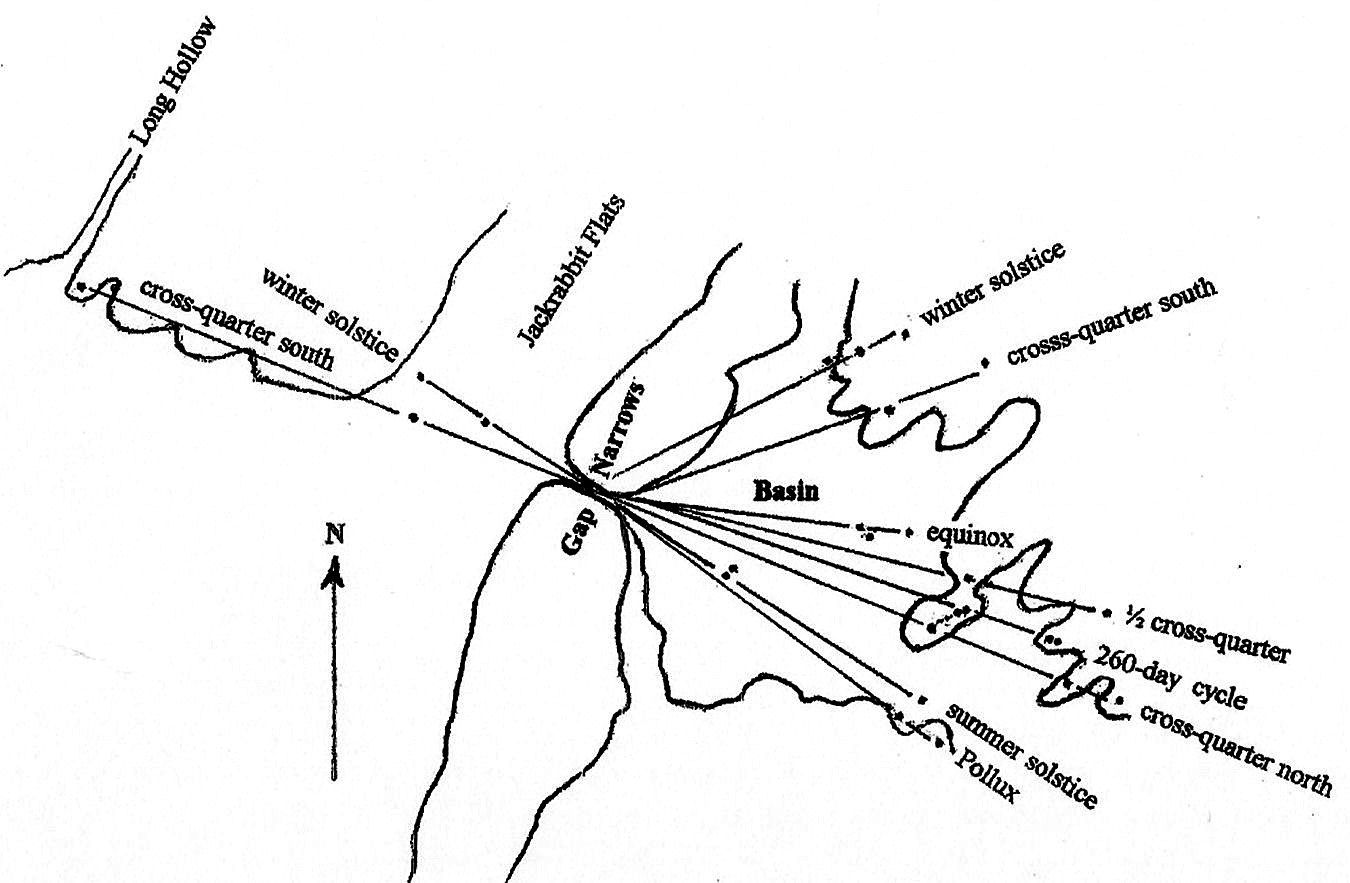
Notice: ebook piracy is both illegal and immoral. If you suspect that you received this ebook from an illegitimate distributor or retailer, please look at our list of authorized distributors. If you received this book from a retailer or promotion not on this list, then neither the author nor publisher have been paid for their work. Please support us so that we can continue to provide you with quality literature.
Acknowledgments
The constant assistance and dedication of my wife made this book possible. We have learned together and marvel at the genius and patient wisdom of Native American people and their ancestors in keeping careful records of events in the heavens. The constant support and encouragement of the Ancient America Foundation staff has been invaluable. This book would not have been possible without the interest and editorial expertise of Lyle Mortimer, Lee Nelson, Heather Holm, Angela Olsen, and the staff at Cedar Fort, Inc. Steve Gibbons assisted with computer formatting and illustration graphics. I am indebted to Dr. C. Lance Harding for most petroglyph illustrations. My daughter, Rachel Williams, also helped with additional illustrations. Dr. John P. Pratt, astronomer, has been an instant resource for astronomy data assistance. Special thanks to Dixie Clifford, and Kirk and Shannon Magleby for assisting with editing and for friends Joel and Sylvia Clements, and Bob and Pat Jensen who have opened their homes to us during our many trips to the Parowan Gap.
The Parowan Gap project has been a coordinated effort between many concerned individuals, private and government agencies, including the Bureau of Land Management, Parowan City, Iron County Commission, Southern Paiute Tribe, Utah Division of State History, Utah Department of Transportation, and the Federal Highways Department that provided an ISTEA grant. As consultant to Parowan City for the contract, the many helpful city officials have been a pleasure to work with, including Rich Adams, John Bentley, Jim Burns, Nancy Dalton, Glenn Halterman, Jim Rasmussen, Jim Robins, Ronald Smith and especially Dennis Stowell, who after serving as Mayor became an Iron County Commissioner where he has extended support throughout this project.
BLM District Archaeologist Gardiner Dalley and BLM Environmental Specialist Bob Edwards have given time and effort to support this project. UDOT personnel helped with contract administration.
Asa Nielson and James Allison with Baseline data and staff helped with the excavation and report of the Gap cave shelter. Ben Lamoreaux with Lamoreaux McLendon Associates Consulting Engineers prepared detailed engineering construction design plans for the Gap. Nowell Morris assisted with contract preparation and archaeo-astronomy tests of selected project sites.
Alex Shepherd, Chairman of the Southern Paiute Tribe, and Eleanor Tom, Cultural Resources Coordinator for the Cedar Band, coordinated Paiute Tribal interests. Naturalist Martin Tyner, Southwest Wildlife Foundation, shared wildlife identifications with selected petroglyphs. Alan Walker also shared astute wildlife migration information. Amateur astronomer Joel Clements assisted with photography on key dates, recording sun and star positions. Gratitude is also expressed to many other colleagues, friends and family members, too numerous to mention whose encouragement and interest have aided this project.
Dedication
Dedicated to the preservation enrichment of the Parowan Gap for this and future generations.
In honor of our Native American friends and their ancestors who continue to show us the path of life is close to nature.
We feel strongly, from the Hopi side, that the Anasazi, as well as other Puebloan classified cultureslike the Fremont farther north.... are in fact ancestral Hopi People... I think very important to the Hopi way of interpreting the presence of ancestral Hopis here in this area is the in- terpretation of rock art... We should be proud that we hold some of the richest archaeological information, right here in the Southwest. And were all in this together. The heritage that archaeology reveals is your heritage as well as mine.
Leigh Jenkins, Cultural Preservation Officer of the Hopi Tribe (Widdison, 1991: 32)
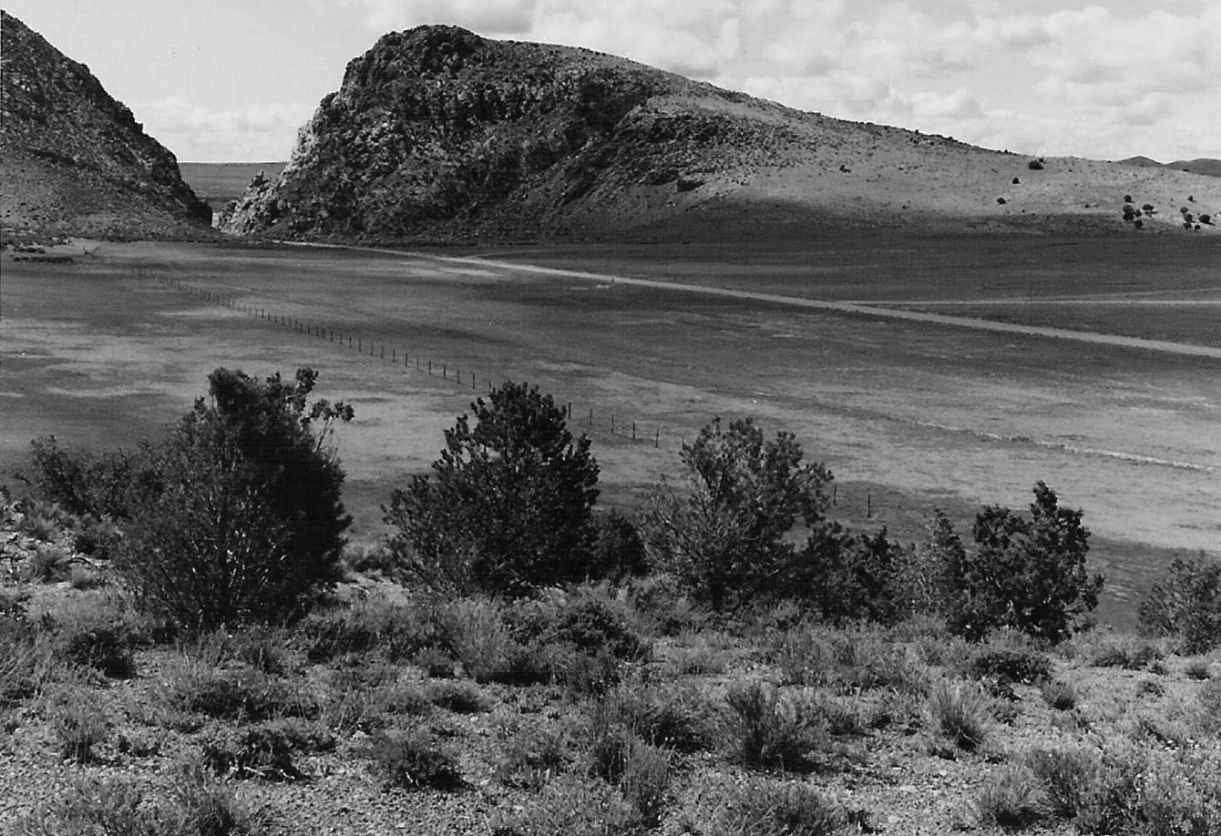
Parowan Gap Narrows and Basin, looking northwest
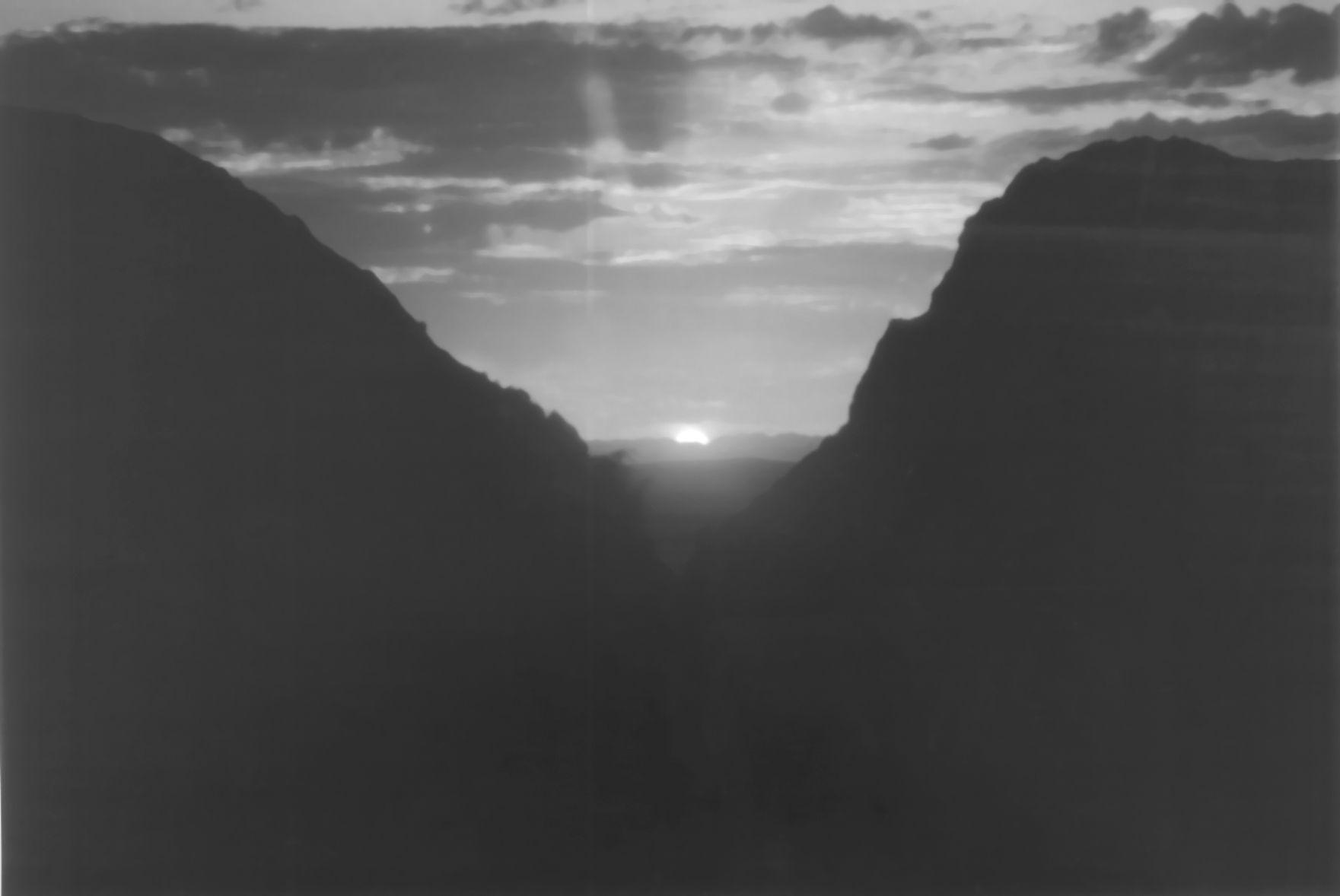
Gap sunset view from new year observatory cairn C3 on April 29, as pictured on Panel A7, when the 260-day birth cycle ends and 105-day summer growing seasons starts.
Preface
The Parowan Gap, famous for its abundant rock art, is yielding its ancient secrets. Long regarded as undecipherable doodling, this fascinating pictographic writing can now be recognized as a rich archive recording the ancient history and beliefs of Utahs early inhabitants going back at least 5,000 years.
Archaeologist V. Garth Norman, Director of ARCON, Inc. (Archaeological Research Consultants), started the Parowan Gap Archaeology Project in 1993 with BLM cooperation. He was to excavate a cave shelter in the Gap and record petroglyphs found in the cave and at the Gap to study the sites cultural history. It soon became evident that the Gap pass was a sacred center of enormous importance that needed to be surveyed, recorded, and studied in detail to identify and preserve the rich cultural heritage remains that were gradually disappearing due to the impact of erosion, traffic, and vandalism.
An expanded project developed with a skilled staff and with the cooperation of Parowan City, Iron County, and other concerned private and governmental agencies, including the Paiute Tribe of southern Utah. The major fieldwork phase was accom- plished with the help of a Federal Highways grant to Parowan City for a consulting contract with ARCON that funded a years work in 199697. ARCON, Baseline Data, and Lamoreaux McLendon Associates Engineers funded final reports for a preservation enhancement design study.
Norman, the principal investigator of ARCONs Parowan Gap Archaeology Project (19932003), broke a code to reading rock art through integrating exten- sive data from field survey, excavation, recording rock art, remote sites comparison, archaeoastronomy, and ethnography (Native American traditions).
Lance Harding and Joel Clements assisted Garth Norman in the on-going field research documentation of observatory sites through 2005.
The massive wilderness temple center and calendar observatory at the Gap, which was discovered by Norman, reveals a far more sophisticated Parowan Fremont culture than previously known, with distant trade contacts to Mesoamerica.
The most surprising discovery was the Mesoamerican sacred 260day calendar at the core of a sophisticated Fremont lunar-solar calendar recorded in the petroglyphs and observatory. The origin of this ritual calendar is believed to come from cultural exchange associated with turquoise trade from mines in northern Nevada with central Mexico, routed through Baker, Nevada, and Parowan Valley during the Post Classic Toltec period in Mexico, which coincides with the Parowan Fremont age (a.d. 700 1250).

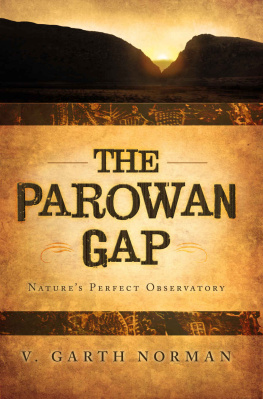


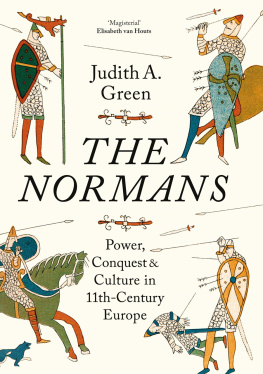
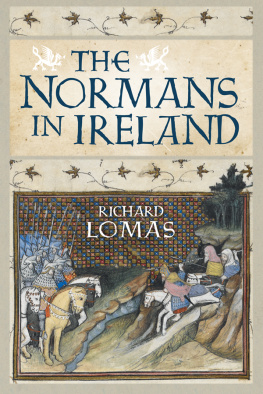
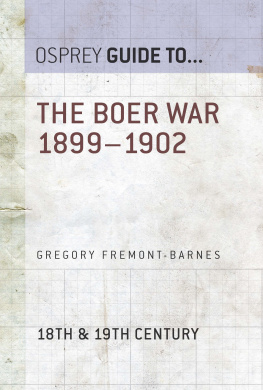

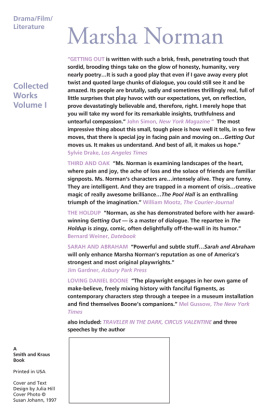

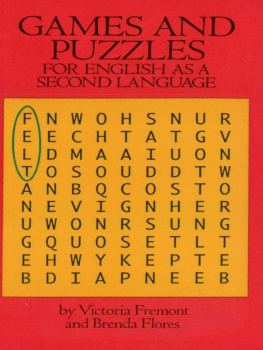
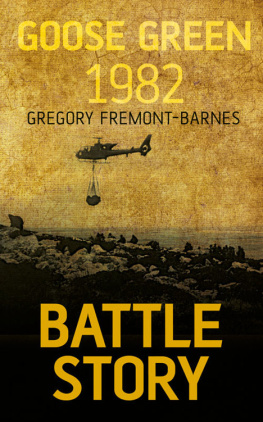
![Gregory Fremont-Barnes - A History of Counterinsurgency [2 volumes]](/uploads/posts/book/74652/thumbs/gregory-fremont-barnes-a-history-of.jpg)




